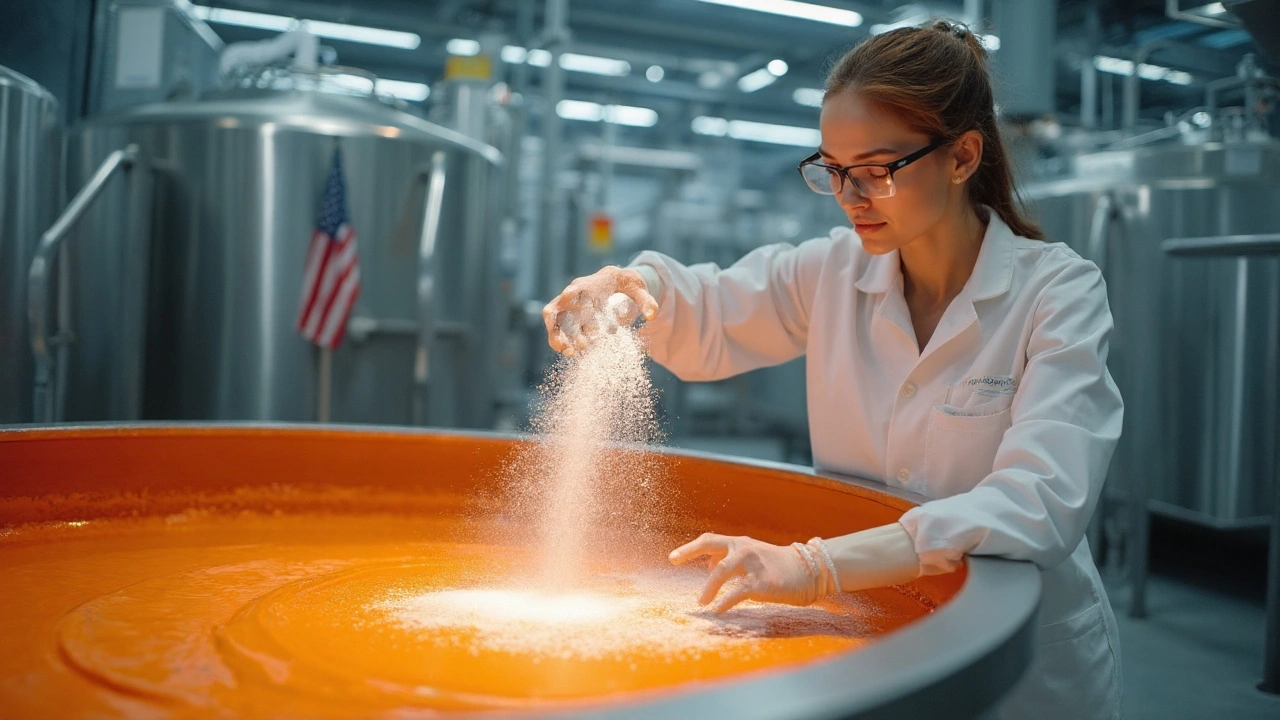Coatings Fillers: What They Are and Why They Matter in Medicine
When you swallow a tablet, you don’t just get the active drug – there’s a whole mix of ingredients that make the pill easy to swallow, stable, and effective. Those “fillers” in the coating are the unsung heroes behind every dose.
Types of Coatings Fillers You’ll See Most Often
The market mostly uses three families of fillers: sugars, polymers, and minerals. Sugar‑based fillers like lactose give a smooth feel and dissolve quickly. Polymer fillers—think cellulose derivatives or hypromellose—add strength and control how fast the medicine releases. Mineral fillers such as talc or calcium phosphate are cheap, inert, and help keep the coating thin.
Each type brings a trade‑off. Sugar looks great and tastes mild, but it can attract moisture. Polymers resist moisture but may need special solvents. Minerals are stable, yet they can cause a gritty texture if not milled fine enough. Choosing the right filler depends on the drug’s sensitivity, the desired release profile, and even the patient’s dietary restrictions.
Practical Tips for Choosing the Right Coatings Filler
If you’re formulating a new tablet, start by asking: does the active ingredient need protection from stomach acid? If yes, a polymer filler with a pH‑dependent coating is a safe bet. For quick‑acting pills, a sugar‑based filler works well because it dissolves fast.
Also, check for any allergies. Lactose‑intolerant patients can’t handle lactose fillers, so switch to a non‑lactose sugar or a polymer. And remember, regulatory guidelines often require you to list each filler on the label, so transparency matters.
Manufacturers also tweak filler particle size. Smaller particles create a smoother coat and improve uniformity, while larger particles can speed up dissolution. It’s a simple win‑win when you match size to your tablet’s purpose.
Beyond the basics, many companies now blend fillers—mixing a polymer with a mineral, for instance—to get the best of both worlds: strength from the polymer and cost‑efficiency from the mineral.
When you shop for over‑the‑counter meds, you’ll see these fillers listed in the “inactive ingredients” section. Spotting them can give clues about how the pill will feel and act. A smooth, white tablet likely uses a lactose or maltodextrin filler, while a matte, off‑white pill might contain hypromellose.
In short, coatings fillers are more than just filler—they shape how a medicine works, how it feels, and who can safely use it. Whether you’re a pharmacist, a formulator, or just a curious consumer, knowing the basics can help you make better choices.
If you have a specific tablet in mind, look at its label and match the listed fillers to the points above – you’ll understand why the pill behaves the way it does.
Ready to explore more? Check out our other articles on drug excipients, tablet manufacturing, and patient‑friendly formulations.
How Aluminium Hydroxide Powers Modern Paints and Coatings
Explore why aluminium hydroxide is a game‑changer in paint and coatings, from filler performance to flame‑retardant protection, processing tips and safety considerations.
